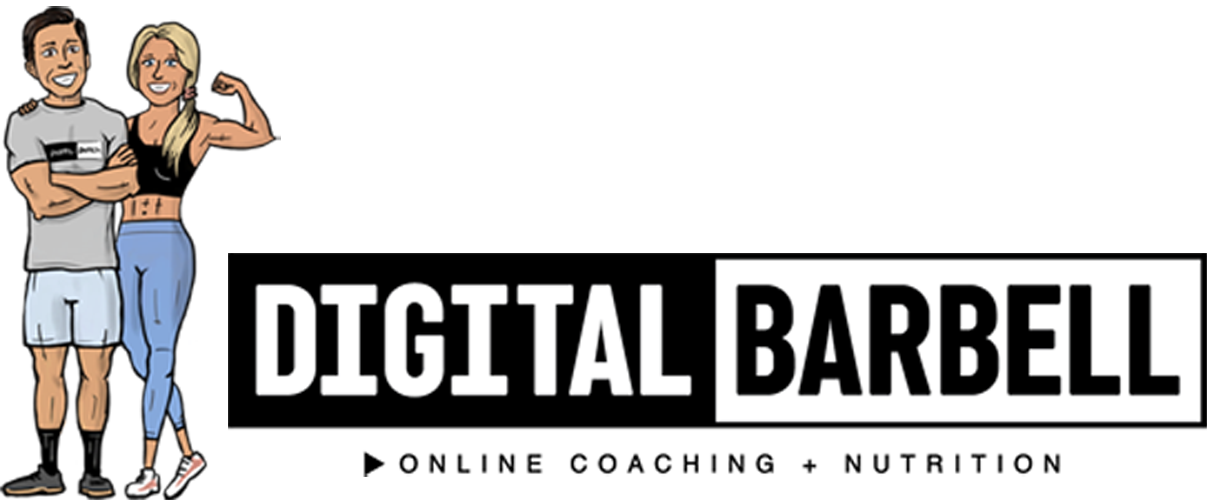How To Keep Your Metabolism From Slowing Down
If you’re in your 30’s, 40’s, or beyond… This is for you!
Your metabolism is slowing down…
Are you in your 20’s? Have you made it to your 30’s? Are you in your 40’s or beyond now?
The hard fact is that as you age, your metabolisms slow down. We’ve written a lot about metabolism (Including this post about how your metabolism adapts to dieting).
A quick reminder of what we mean by metabolism…
Metabolism in this context means the process of your body converting food into energy.
Every day, all day, your body is going through this process. The total number of calories that your body burns during the day can be divided up into 4 main categories.
Basal Metabolic Rate (BMR): This is the cost just to keep the lights on. You burn a TON of calories doing this and it’s the largest percentage of your daily calorie burn. Think of it as the gas required to keep the entire engine running 24/7.
Non-Exercise Activity Thermogenesis (NEAT): This is all of the little involuntary movements that you do throughout your waking hours. This burns a substantial number of calories per day and your “NEAT” involuntarily slows down when you go on a diet.
Exercise: Duh. Exercise burns calories, but probably not as much as you think. Even active people only burn ~15% of their daily calories through exercise. This is why it’s impossible to “out-exercise” poor nutritional habits.
Thermic Effect of Food: This is the energy required to pull all of the nutrients out of those calories.
How much does your metabolism slow down when you get older?
Back to the whole “aging” thing.
No matter how active you are, and how badly you don’t want it to happen, your metabolic rate slows down as you age. That means that you require LESS calories to stay at your existing weight than you did when you were younger. More specifically, studies show that you lose between 2-4% of your BMR every decade. That means a 2-4% drop in the number of calories required to keep the lights on.
Let’s put it into a real-life example.
The year is 2000. I’m 22 years old and I’m graduating from the University of Houston Clear Lake with my Bachelors in Psychology (yes this is true). Maybe my daily calorie burn (TDEE) is 1800 calories.
Fast forward 10 years. Now I’m 32 years old and I’m managing construction projects. My TDEE is now about 1728 calories per day.
Time warp to 2019 and now I’m coaching people like you on how to get into the best shape of their lives, and my TDEE is about 1658 just because of the passage of time.
Into the future we go. Now it’s 2039 and I’m still coaching people like you but now my TDEE is 1528.
I think you get the point.
So why does this happen?
Lots of reasons, but the one I want to focus on is the one that you have some pretty darned good control over.
I’m talking about the amount of lean body mass (muscle) that you carry.
Lean body mass is everything that makes us up that ISN’T fat. Take your total weight, subtract our your fat and that’s your lean body mass.
The average person loses about 5 lbs of lean body mass per decade.
Why do we care about that?
Fat isn’t very “metabolically active”.
Lean body mass is.
Muscle and bone require a lot of energy (calories) to maintain as you age.
This is a good thing.
We want to retain lean body mass (muscle) for two main reasons.
To maintain our metabolic rate/function.
To maintain our strength, and fight off the grave.
A 2018 study showed that retention of muscle reduces your risk of “All-Cause Mortality”.
Stay muscular, stay alive.
You can’t do anything about your actual age, but you can do something about your “metabolic age”. You can slow down the decrease in your metabolism that would naturally occur otherwise.
The two main factors in your control are:
How you train
How you eat
No matter what age you’re at now, get, and stay active.
Give your body a reason to burn calories.
Fill your plate with nutrient-dense foods like fruits and vegetables.
Give your body the protein that it needs to build and maintain muscle.
Train your cardiovascular system regularly.
Lift weights and do other kinds of resistance training.
You can use these tools to your advantage with your amazingly adaptable metabolism.
Don’t starve yourself or go on excessively low-calorie diets that can cause your metabolic rate to slow to a crawl.
Feed the fire with nutritious food, and give your body a reason to grow and thrive by training.
Instead of letting Father Time slow you down, fight back NOW by doing the things in this article that will set you up for success into your 70’s, 80’s and beyond.
It’s not too late to start today no matter where you are today.
If you need help, reach out. We’re here.
Jonathan & Blakley
P.S. - If you’re looking for a place to start, we have you covered. Our Free “2-Week Turnaround” is the jumpstart you’ve been looking for. You can download it for free below.


